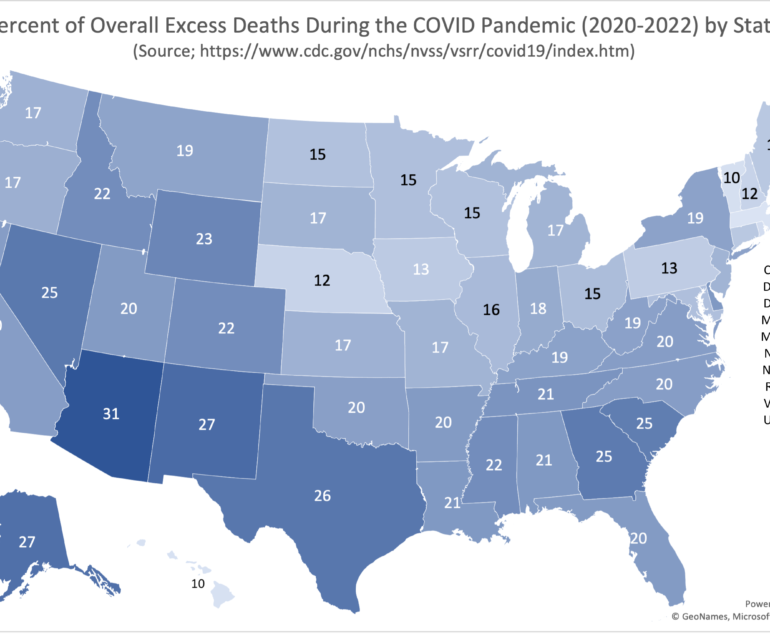The CDC published new guidance for schools to safely manage COVID risks. The report is called the K-12-Operational Strategy for mitigation strategies that K-12 school administrators can use to help protect students, teachers, and staff and slow the spread of COVID-19.
If mitigation strategies are strictly adhered to , K-12 schools can safely open for in-person instruction and remain open20. In addition, the association between COVID-19 incidence and outbreaks in school settings and levels of community transmission underscores the importance of controlling disease spread in the community to protect teachers, staff, and students in schools.
The document provides an operational strategy for safe delivery of in-person instruction in K-12 schools through the integration of a package of mitigation and control components.
-
Consistent implementation of layered mitigation strategies to reduce SARS-CoV-2 transmission in schools
-
Indicators of community transmission to reflect levels of community risk
-
Phased mitigation and learning modes based on levels of community transmission The following public health efforts provide additional layers of COVID-19 prevention in schools.
-
Testing to identify individuals with a SARS-CoV-2 infection to limit transmission and outbreaks
-
Vaccination for teachers, staff, and in communities as soon as supply allow
Regardless of the level of community transmission, the report says that it’s critical that schools use and layer mitigation strategies. Five key mitigation strategies are essential to safe delivery of in-person instruction and help to mitigate COVID-19 transmission in schools:
-
Universal and correct use of masks
-
Physical distancing
-
Handwashing and respiratory etiquette
-
Cleaning and maintaining healthy facilities
-
Contact tracing in combination with isolation and quarantine, in collaboration with the health department
Schools providing in-person instruction should prioritize two mitigation strategies:
-
Universal and correct use of masks should be required, at all levels of community transmission.
-
Physical distancing (at least 6 feet) should be maximized to the greatest extent possible. In hybrid instruction, scheduling should be planned to ensure physical distancing.

